Ancient Encounters
Kailasa Temple Ellora Caves India
Mother Masala Tours
Sacred Echoes Through Time
Kailasa Temple Ellora Caves India. Standing as a testament to ancient Indian ingenuity in Maharashtra, 30 kilometers from Aurangabad. Dating to the 8th century CE, this monolithic structure emerges from volcanic basalt cliffs, carved top-down rather than constructed. The name "Kalysia" derives from Sanskrit roots meaning "blessed eternity." Part of Unesco World Heritage site Ellora, which encompasses 34 caves spanning Buddhist, Hindu, and Jain traditions, Kalysia represents rock-cut architecture's pinnacle during the Rashtrakuta Dynasty, when King Krishna I commissioned craftsmen to create divine dwellings from solid rock.
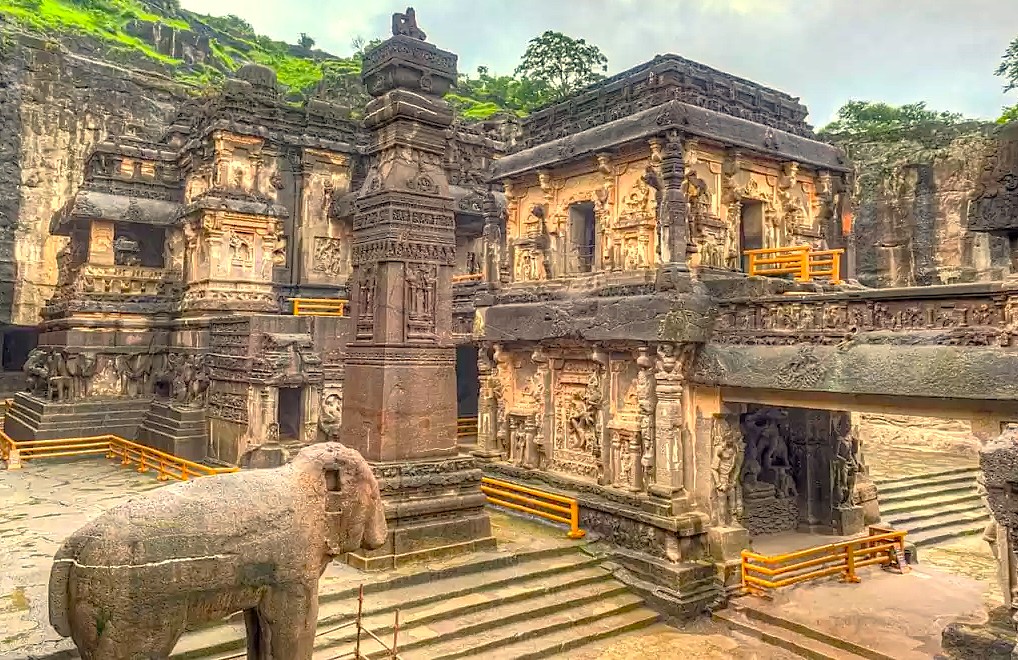
Kailasa Temple Ellora Caves India: Tribal Foundations
Before construction, Chalukya Dynasty tribes occupied these lands from 550 CE. Archaeological findings reveal primitive shrines predating formal temple construction. Hermit Elluran discovered caverns with unique acoustic properties. Pottery fragments carbon-dated to 400 CE indicate continuous human presence. Site selection followed Vastu Shashtra principles, positioned at intersecting underground water channels and magnetic anomalies. Minimal seismic activity contributed to preservation. Buddhist monks established meditation retreats, leaving rock markings that guided later craftsmen to optimal carving locations.
Measurements and Building Methods
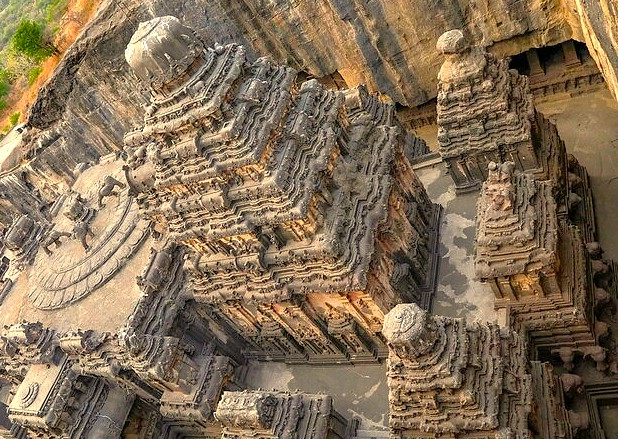
Measuring 82×46×33 meters, The Kalysia Temple demonstrates mathematical precision. Workers removed 400,000+ tons of rock, following geometric proportions based on the golden ratio. The Kailasa Temple central sanctum measures 8.64 meters across, corresponding to ancient solar cycle measurements. Ceiling heights create specific acoustic chambers. The main hall spans 16 meters without columns, requiring precise load distribution understanding. Temple orientation aligns with equinox sunrises, when light penetrates 60 meters to the innermost chamber, illuminating the principal deity for 18 minutes.
Royal Investment
Kailasa Temple Ellora Caves India. King Krishna I, 756-773 CE allocated 7,000 gold coins annually for construction, supporting 1,200 craftsmen and families. The Upanshia lineage, master sculptors for seven generations, supervised according to eastern wall inscriptions. Minister Govindapala documented construction phases, noting main sanctum completion in 767 CE. Princess Dhruvaswamini personally financed northern galleries, commemorated through lotus carvings with 16 petals - her personal emblem. Rashtrakuta Dynasty power extended across central India, controlling trade routes that brought prosperity and artistic influences.
Construction Techniques and Worker Methods
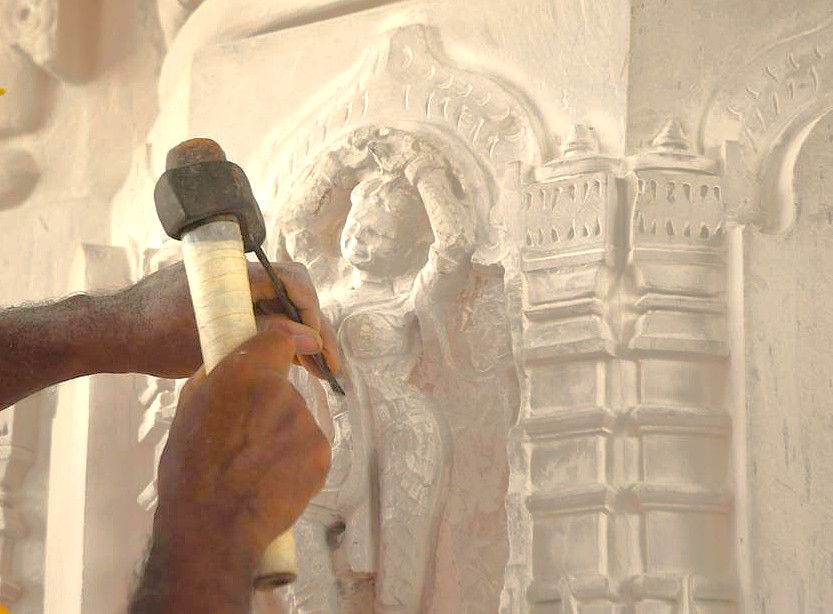
To create this magnificent structure, craftsmen utilized a remarkable array of specialized iron tools, including over thirty distinct types of chisels designed for various carving phases. The immense task of initial cutting began with heavy 5-kilogram hammers, which gave way to delicate 100-gram implements for the finest, most intricate details. Carvers ingeniously worked from sturdy bamboo scaffolding, beginning at the top of the rock and methodically moving downward as each upper section was perfectly completed. The finishing touch involved polishing the stone with silicon-rich sand and supple leather for a lasting sheen.
Celebrations and Festivals
Kailasa Temple Ellora Caves India. Celebration cycles followed precise calculations. The principal festival occurred during spring equinox - March 21, lasting nine days with 12,000 participants. Summer solstice ceremonies featured water rituals. Autumn equinox focused on ancestor worship, drawing local populations. Winter ceremonies, December-January concentrated on esoteric practices with under 500 participants. Monthly observances coincided with full and new moons. Temple astronomers maintained observation platforms for date calibration. Special ceremonies marked planetary conjunctions, particularly Jupiter-Saturn alignments occurring every 20 years.
The Gods of the Locals
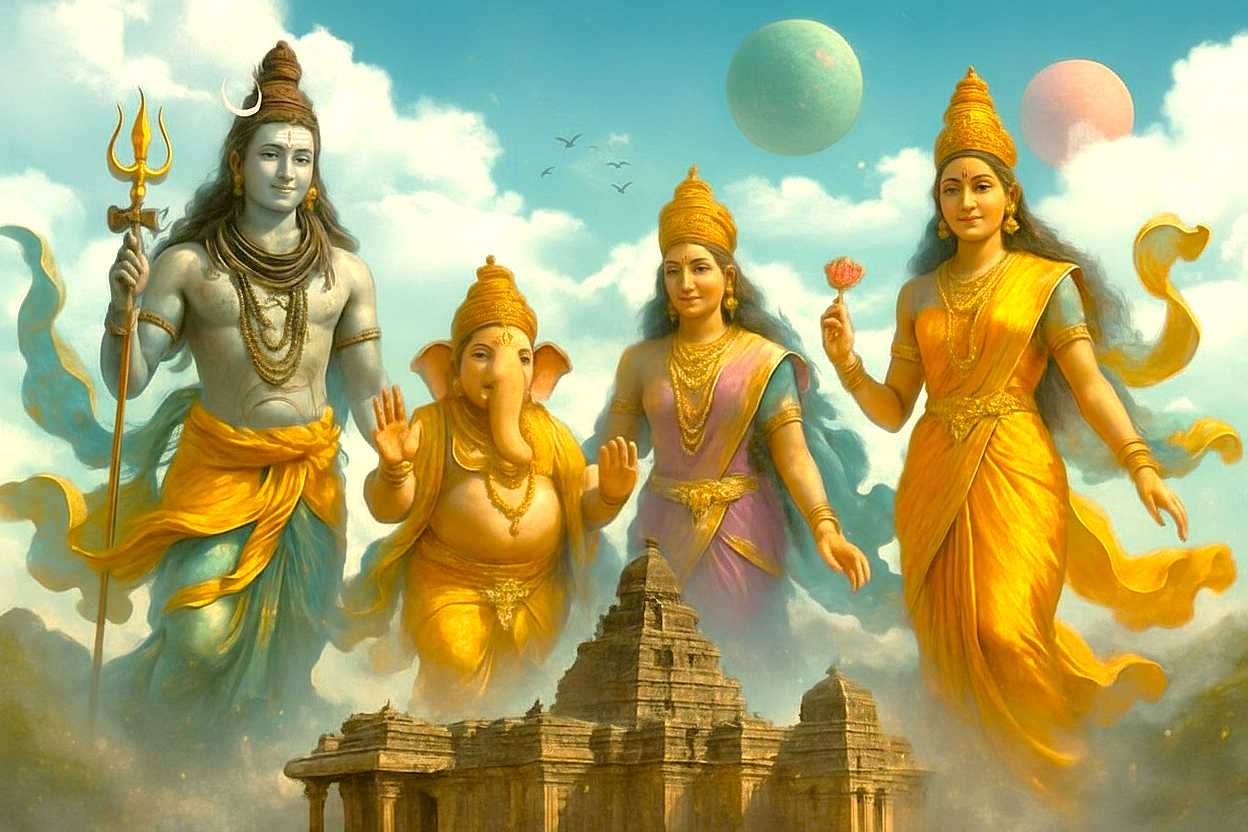
The magnificent Kailasa Temple at Ellora Caves is primarily dedicated to Lord Shiva, the destroyer and transformer in Hindu tradition. Carved entirely from volcanic rock, this Unesco site represents Mount Kailash, Shiva's sacred Himalayan abode. The main sanctum houses a massive Shiva linga, while his sacred bull Nandi guards the entrance with a prominent statue. Throughout the temple complex, intricate sculptures depict Goddess Parvati, Shiva's divine consort, alongside their son Ganesha. The walls come alive with detailed carvings showing various forms of Shiva.
Vanished Stone and Ancient Laser Theories
Kailasa Temple Ellora Caves India. The construction of Kailasa Temple is so astonishing that it inspires many fascinating theories. One mystery is what happened to the 400,000 tons of excavated rock, as no large piles have ever been found nearby. Some believe the builders ingeniously pulverized the stone and repurposed it, leaving no trace. Another popular, more mystical theory suggests that ancient gods or extraterrestrial beings used advanced technology, like lasers, to carve the temple with such perfect precision. While this idea captures the imagination and highlights the sheer marvel of the structure, most historians agree it was the result of generations of incredibly skilled human artisans, whose dedication created a wonder for the ages.
Meet The Locals
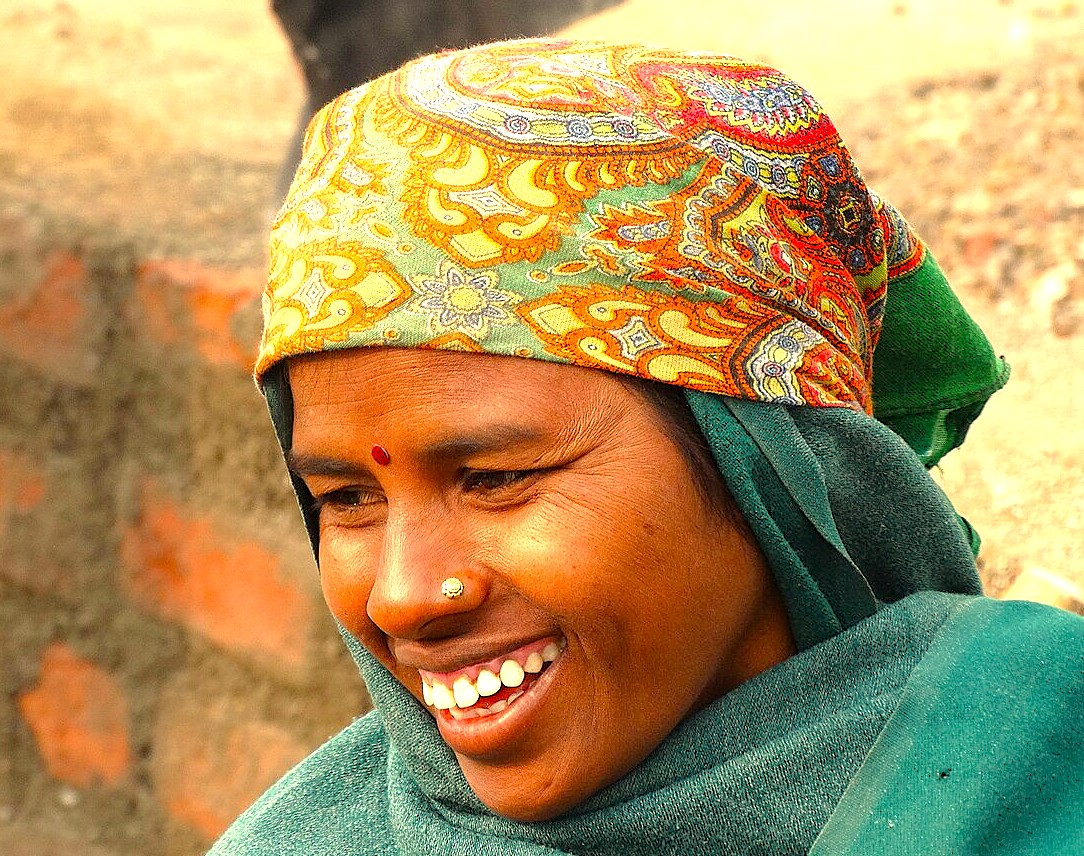
The daily life for local people at Ellora Caves is a unique blend of ancient history and modern living. For generations, families have woken up to the sight of these magnificent rock-cut temples, a constant backdrop to their lives. Many residents find their livelihood tied directly to this Unesco World Heritage site, working as knowledgeable guides, skilled artisans, or friendly vendors offering colorful crafts and local delicacies to visitors from across the globe. The village rhythm flows with the tourist seasons, creating a welcoming atmosphere. Children play in courtyards where monks once meditated - laughter echoing alongside ancient stories, making history a part of their everyday world.
Ancient Culinary Traditions
Kailasa Temple Ellora Caves India. Temple kitchens prepared daily offerings using 50 kilograms of rice, 30 kilograms of wheat, and 25 kilograms of lentils, tripled during festivals. Sacred kheer dessert followed exact proportions of rice, milk, and saffron. Stone cooking vessels remained permanently installed, some measuring 1.2 meters across. Four fire pits accommodated various cooking methods. Gardens grew 42 herb and vegetable varieties across 3 hectares. Storage chambers maintained three-month supplies. Distribution followed hierarchical patterns according to social position and ritual significance.
Sacred Geometry and Sound Engineering
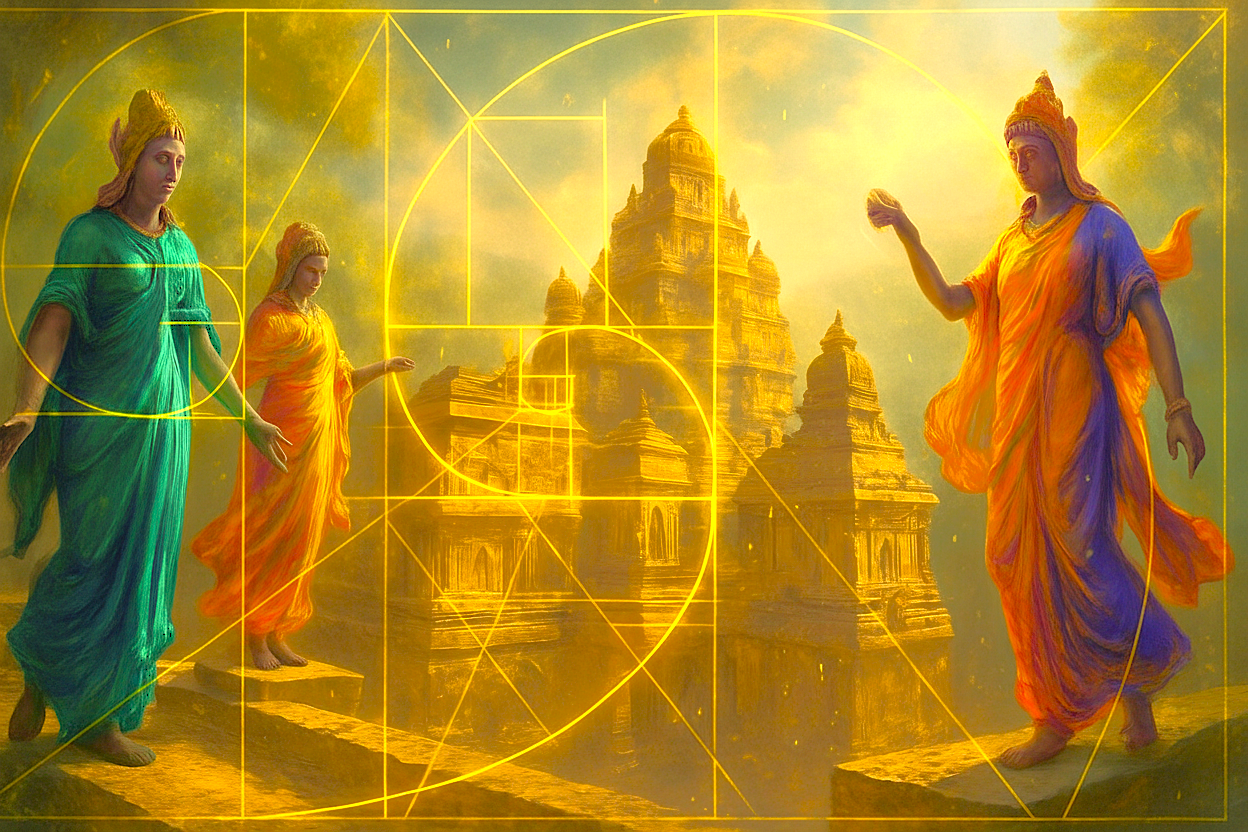
The central dome amplifies whispers across 25 meters. Percussion against certain pillars resonates at 95–120 Hz, aligning with alpha brain wave patterns and fostering meditative calm. Ancient musicians positioned instruments at strategic points for heightened sound impact, while “sound healers” once treated ailments by placing patients at precise locations during chants. Additionally, sonic studies found Solfeggio frequencies - like 396 Hz (liberating fear), 417 Hz (facilitating change).
The Most Magical Path Is the One You Haven’t Walked - Join Us
Kailasa Temple Ellora Caves India. Prepare to be amazed at Kailasa Temple, a place unlike any other on Earth. As you step inside, you will realize the entire structure was carved from one single, massive rock. It’s an architectural wonder that feels both powerful and humbling. You will see intricate sculptures of gods, goddesses, and mythical creatures telling ancient stories from every wall. You can wander through its courtyards, explore multi-story shrines, and walk across stone bridges connecting different parts of the temple. Look for the massive Nandi bull guarding the entrance and detailed panels showing scenes from Hindu epics. This is not just a temple; it's a journey into a world of incredible artistry and deep spirituality.
Symphony of Giving and Receiving: Sacred Exchange
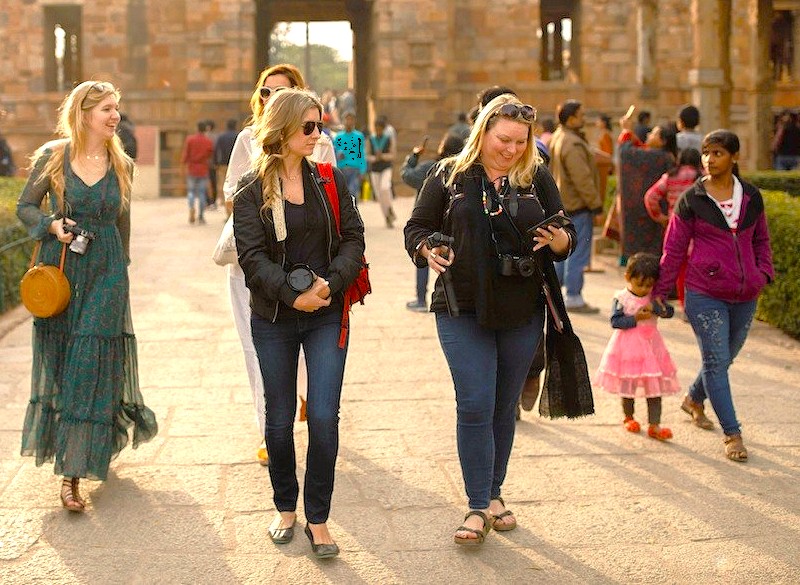
Kailasa Temple Ellora Caves India. The Temple creates a perfect balance of giving and receiving between guests and site. Your presence helps sustain conservation efforts that preserve ancient sound chambers and water systems. Local artisan families, descendants of original temple craftsmen, receive support while sharing traditional knowledge. In return, you are gifted with an unforgettable experience. The temple’s sacred atmosphere offers a deep sense of peace and connection, letting you walk in the footsteps of ancient monks and royalty. You witness architectural genius that defies simple explanation and feel the vibrant energy that has drawn pilgrims for centuries.